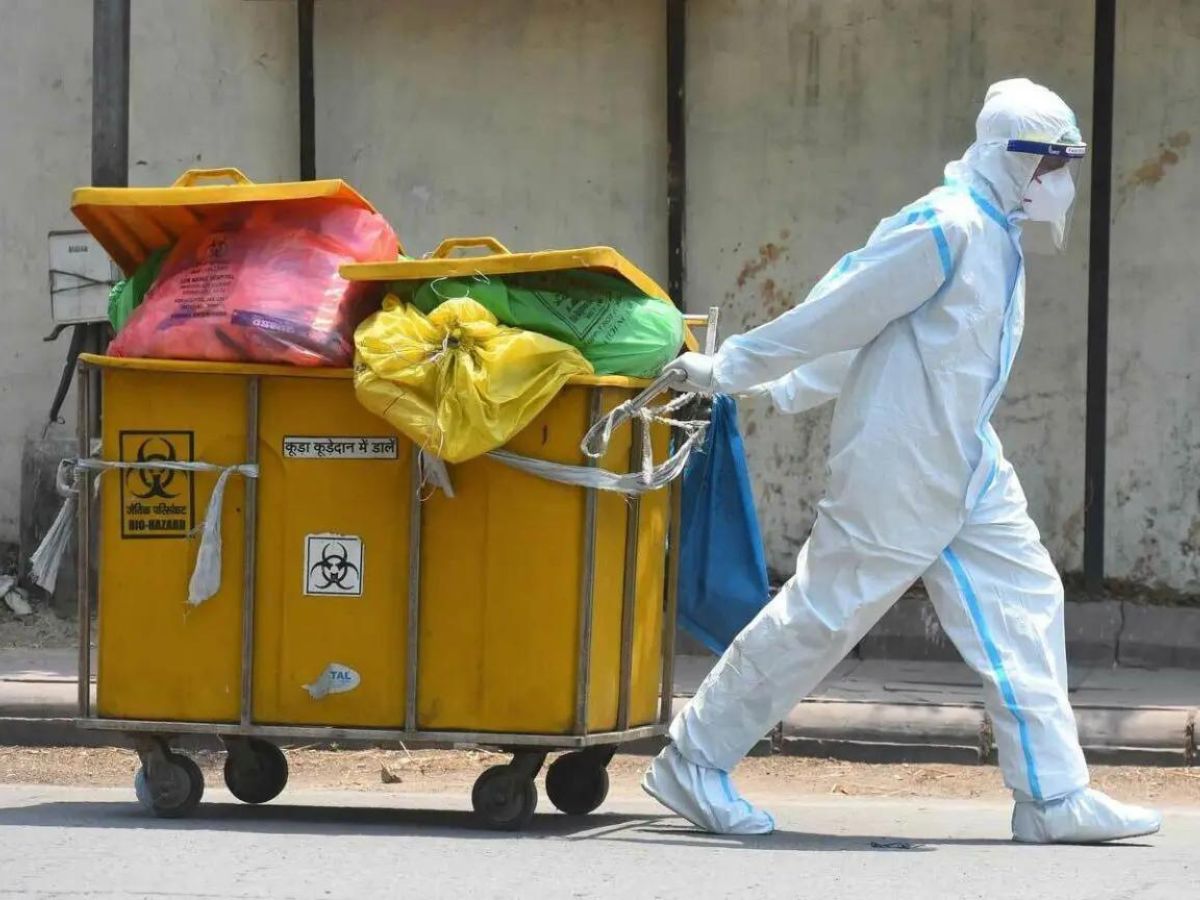
Safely dispose hazardous waste is of paramount importance to safeguard public health and protect our fragile environment. The improper handling and disposal of hazardous waste can have severe consequences, posing significant risks to human well-being, wildlife, and ecosystems. In this article, sponsored by skip hire Failsworth, we will explore five easy and effective methods for the safe dispose hazardous waste, ensuring that we mitigate its impact on our planet and future generations.
Proper waste management is critical, and Skip Hire Failsworth is committed to providing reliable and environmentally friendly waste disposal services. Their expertise and dedication to environmental sustainability make them vital in ensuring hazardous waste is handled safely and ethically. Let’s dive into the methods to responsibly manage and dispose hazardous waste and understand the essential role that we can play in this process.
What Includes in Hazardous Waste?
Hazardous waste encompasses a wide range of materials that possess harmful properties, presenting significant risks to human health and the environment if not handled and disposed of properly. These wastes are generated from various sources, including industrial processes, households, healthcare facilities, and agricultural practices.
There are three types of hazardous wastes: solids, liquids, and gases. Some hazardous wastes are toxic, flammable, reactive, or corrosive. Common examples of hazardous waste include certain chemicals, batteries, electronic waste, pharmaceuticals, contaminated soils, and industrial byproducts. Understanding and managing and dispose hazardous waste is crucial to mitigating potential hazards and preserving the well-being of both our planet and its inhabitants.
Additionally, certain hazardous materials, such as heavy metals, may not be suitable for incineration due to the risk of air pollution and residue contamination.
Skips:
Skips play a crucial role in safely disposing of hazardous waste by providing secure and enclosed storage, facilitating segregation and organized collection, ensuring convenience and flexibility in waste disposal, and preventing environmental contamination and harm to human health. Their design prevents leakage and spillage, while proper labeling and placement allow for efficient waste management. Skip Hire Failsworth also contributes to properly transporting hazardous waste to licensed facilities for treatment or disposal, minimizing the risk of accidents and pollution. Overall, skips are instrumental in ensuring the safe handling and dispose hazardous waste.
Reduce and Reuse
The most effective way to manage hazardous waste is by preventing its generation in the first place. Adopting practices that reduce the consumption of hazardous materials and encourage reusability can significantly decrease the volume of waste requiring home composting. Industries and consumers alike can explore alternatives to hazardous substances, such as non-toxic or less harmful products. Adopting a circular economy approach encourages the reuse of materials, extending their lifespan and minimizing waste production.
Recycling Hazardous Waste
Recycling is a viable method for handling certain types of hazardous waste. Materials like electronic waste (e-waste), batteries, fluorescent lamps, and certain chemicals can be recycled to recover valuable resources and reduce environmental impact. Proper recycling processes ensure that hazardous components are safely extracted or neutralized before reintroducing materials into the production cycle. To recycle hazardous waste, it is essential to follow local regulations and engage with certified recycling centers to ensure proper handling.
Secure Landfill Disposal
For hazardous waste that cannot be recycled or repurposed, secure landfill disposal is an appropriate method. Specialized hazardous waste landfills are designed with multiple layers of protection to prevent soil and groundwater contamination. These landfills adhere to strict regulations to ensure safe containment and management of hazardous materials. The waste is carefully categorized, compacted, and covered to minimize environmental risks. However, landfill disposal should always be a last resort, as it doesn’t eliminate the potential for long-term environmental impact.

Incineration
Incineration is another method used for certain types of hazardous waste. It involves controlled burning of waste at high temperatures, reducing it to ashes and gases. Modern incineration facilities are equipped with advanced pollution control technologies to minimize harmful emissions. While incineration can be an effective means of waste reduction, the process must be carefully regulated to prevent harmful pollutants from being released.
Chemical Treatment
Chemical treatment is a method used to neutralize hazardous waste, rendering it less harmful or non-toxic. This approach often involves chemical reactions that transform hazardous substances into stable or less harmful compounds. One common example is the treatment of acid waste with a neutralizing agent to raise the pH level to a safe range. Chemical treatment can significantly reduce the toxicity of waste, making it safer for disposal in landfills or other containment facilities.
Conclusion:
Proper dispose hazardous waste is a responsibility shared by individuals, industries, and governments. By adopting a combination of the methods mentioned above, we can collectively mitigate the harmful effects of hazardous waste on human health and the environment.
Reducing and reusing hazardous materials whenever possible, recycling what we can, and employing secure landfill disposal, incineration, or chemical treatment for the rest will ensure that hazardous waste is managed safely and responsibly. Remember, every small step counts in creating a cleaner and healthier environment for current and future generations. Let’s take action today to protect our planet and ourselves from the dangers of hazardous waste.
I’m Lilly Crawford, a skilled business expert who’s great at making successful plans. I’ve learned a lot from working at Arrow Redstar and Hi Property in the UK, gaining loads of knowledge about sales and how businesses work. I also write helpful articles about business strategies, using what I know to explain things well. I studied Business Studies in college and love sharing useful ideas to help businesses grow.